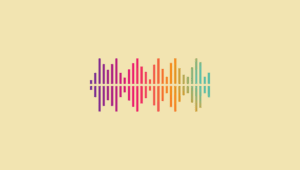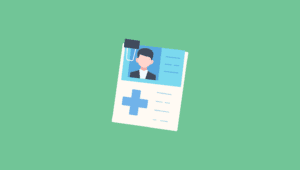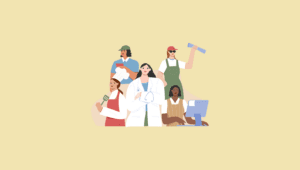If you or someone you love experiences a stroke, you may feel like the world shifted on its axis and your life suddenly went topsy-turvy.
And you’re not alone. Strokes are the fifth leading cause of death and a major cause of disability amongst Americans today. Nearly 800,000 people in this country experience a stroke each year.
In many cases, people survive their stroke event. But that doesn’t mean everything simply goes back to normal.
A stroke is a sudden, acute attack in the blood vessels that feed the brain. And, although your brain is highly skilled at healing itself following a stroke—recovery from a major neurological event is no walk in the proverbial park.
In most instances, stroke recovery takes months and even years to complete.
The goal of stroke recovery is to maximize return to the functional abilities enjoyed pre-stroke.
Another primary goal of stroke recovery is to train the stroke survivor in strategies to enhance their independence and safety and a further goal is to educate and train family caregivers to effectively assist with activities of daily living.
The path that stroke recovery takes is unique to each individual, and influenced by areas of need, recovery and life goals, type and severity of stroke, and prior level of independence.
While similarities exist, any stroke rehabilitation professional will tell you—if you’ve met one person recovering from a stroke, then you’ve met one person recovering from a stroke.
The skilled professionals involved in stroke care and rehabilitation know to treat the individual first, because nobody should be reduced to a diagnosis or collection of symptoms.
So, what does stroke recovery, rehabilitation, and care look like?
While the short answer is—it depends—it’s helpful to explore some common themes in the stroke recovery process. This way, you can have a sense of what’s to come if you or someone you love experience a stroke.
Let’s examine the typical stroke recovery process using a timeline view, so we can see the primary goals of treatment and care at each stage.
The timeline that we’ll use is as follows:
- The Acute Phase of Stroke Recovery
- The Post-Acute Phase of Stroke Recovery
- Stroke Rehab & Care
- Stroke Care Beyond the Inpatient Phase
Rehabilitation, Support, and Care in The Acute Phase of Stroke Recovery
The acute phase is what occurs from the time someone experiences a stroke until their condition is stable enough to transition into a different level of care for continued rehabilitation and recovery.
Typically provided at a hospital, the acute care phase of stroke recovery is focused on saving the person’s life, determining the cause, location, and severity of your stroke, and preventing further health issues from occurring.
Many hospitals have dedicated stroke care units, where interdisciplinary healthcare and medical professionals are solely focused on offering quality care to survivors of strokes.
Research shows these dedicated stroke care units are associated with higher odds of survivability and more positive outcomes, following a stroke.
Skilled professionals who provide intensive care and treatment during the acute phase of stroke recovery include—
- Doctors (including specialists like neurologists, neurosurgeons, and vascular surgeons)
- Nurses
- Speech-language pathologists
- Occupational therapists
- Physical therapists
- Respiratory therapists
- Dieticians
- Social workers
- Pharmacists
In some cases, specialists like orthopedists will be consulted during this phase, to determine if supports will need to be provided or created to support physical functioning and recovery.
Typically, stroke patients in the acute phase of care receive continuous monitoring for the first few days, and intensive support and therapy as needed and tolerated.
Vital signs including pulse rate, blood pressure, breathing rate and oxygen saturation levels, and temperature are closely and continuously monitored.
Assessments including blood testing, brain imaging tests (such as MRI or CT scans), and severity determinations will also likely be performed during this time.
Once a patient’s condition has improved enough to be no longer critical, they’re usually discharged to either an inpatient rehabilitation facility (IRF) or skilled nursing facility (SNF).
The average length of stay during the acute phase of post-stroke care depends on the type and severity of the stroke, and the health and age of the individual.
In general, those recovering from an ischemic stroke have a shorter length of stay in acute care than those with hemorrhagic stroke.
The average acute care phase for ischemic stroke is around four to six days, whereas the average duration to discharge from acute care for hemorrhagic stroke patients is between six to eight days.
This comes down to the fact that hemorrhagic strokes are typically more serious and severe than ischemic strokes.
Interested in an in-depth rundown of hemorrhagic and ischemic strokes? We’ve got you covered. Check out our recent deep dive articles about ischemic strokes and hemorrhagic strokes.
Now, let’s look at the phase of stroke recovery that follows the acute care phase.
The Post-Acute Phase of Stroke Recovery, Rehabilitation, and Care
This is the stage of stroke rehabilitation where the rubber really hits the road, at least where outward recovery is concerned.
Once a person’s condition has stabilized and they’re able to transition to a less acute level of care, the focus shifts from saving a life to rehabilitation and recovery.
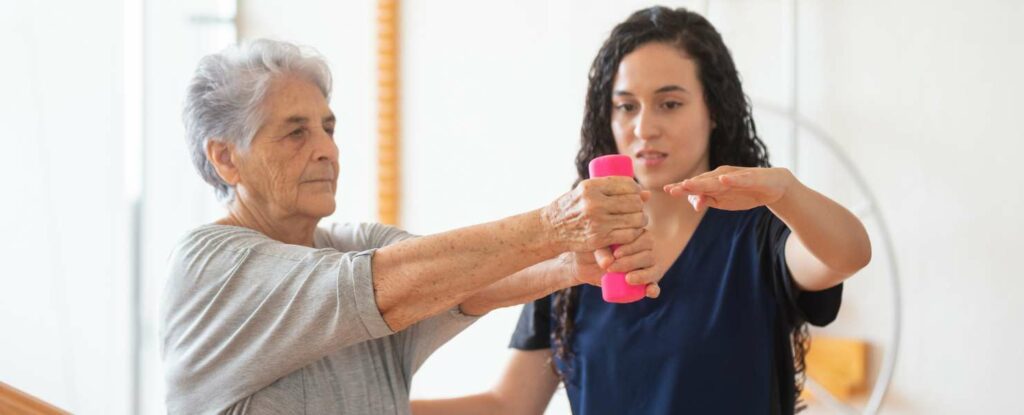
This isn’t to say that recovery doesn’t occur during the acute phase—it most certainly does. But, recovery and rehabilitation become the primary focus during this stage of post-stroke care.
This is the time when a series of skilled rehabilitation professionals work intensively with you, in an effort to maximize your recovery prospects.
During this phase of care, most recovering from stroke stay in either an inpatient rehabilitation facility or a skilled nursing facility.
These facilities are designed to provide round-the-clock care and assistance with activities of daily living, medical management and support, and skilled therapy services.
This model of care is designed for short-term rehabilitation. But, in some cases, they also offer long-term care for those who qualify.
Therapy services are a major component of this phase of care for stroke survivors. A stroke victim can expect to be evaluated and treated (if appropriate) by several disciplines of skilled therapy, each one focused on a different aspect of your holistic rehabilitation and recovery.
- Occupational therapists focus on improving your ability to perform activities of daily living. This includes tasks involving fine motor skills, hand strength, balance, and safety. OTs work on activities including grooming and dressing, bathing, toileting, and self-feeding. All these skills can be impacted by a stroke. They’re also your go-to therapists for the development and training of any adaptive equipment.
- Speech-language pathologists work with stroke survivors on a wide range of skills, including swallowing, speech, word-finding, cognition, reasoning, saliva management, enhancing the strength and range of motion of the muscles of the mouth and throat, augmentative communication, safety awareness, and memory skills.
- Physical therapists focus on rehabilitating the body following a stroke. PTs work on enhancing strength and range of motion of the body, improving balance and coordination skills, and reducing or compensating for the one-sided weakness that’s common following a stroke.
Here’s a helpful brochure from the National Institute of Neurological Disorders and Stroke (NINDS) that reviews the importance of post-stroke rehabilitation to fuel an optimal recovery.
Also involved in stroke care and recovery during this phase are a range of nursing disciplines—from CNAs to LPNs, to RNs—doctors, pharmacists, and dieticians.
You may be wondering why intensive care and therapy services are so vital at this stage of stroke recovery. Let’s explore why this is such a critical time for care, post-stroke.
Key Factors to Know About Stroke Rehabilitation and Care
A stroke is an attack on the brain. Like any sudden, traumatic event—it takes time to recover.
When a stroke happens, it impacts the health and functioning of millions of neurons in the brain. This causes a ripple effect, derailing the brain’s ability to effectively transmit and receive information.
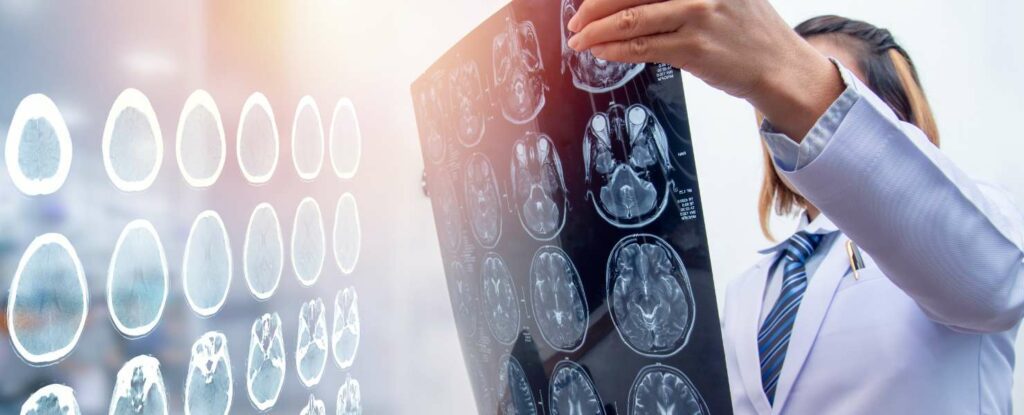
In the case of an ischemic stroke (by far the most common type of stroke), the original area of damage is typically larger, but the outer edges begin to heal during the first phases of recovery.
Like a bruise on your skin, your brain after an ischemic stroke has a larger area of impacted tissue, but the outer regions of damaged neurons can usually be brought back to life and health. This is known as the ischemic penumbra.
Targeting and treating the health and recovery of this area is an important component of acute stroke care, as brain imaging shows that half of all ischemic stroke sufferers display an ischemic penumbra.
Time is of the essence when it comes to stroke recovery prospects. From the “three-hour window” for clot-busting treatment following the onset of stroke, to the importance of intensive rehabilitation during the first phases of stroke recovery—time is a key factor in stroke care.
But why is this the case?
Because timely treatment can both reverse the effects of a stroke maximize your recovery potential.
It comes down to two majorly important concepts in stroke recovery—neuroplasticity and spontaneous recovery. Let’s unpack each of these vital facts of stroke rehabilitation.
Spontaneous recovery
This is the term used to describe your brain’s ability to heal itself, following a stroke.
Given time, your brain is amazingly skilled at doing some DIY recovery of the systems and functions impacted during a stroke. Most people experience some degree of spontaneous recovery, post-stroke.
But here’s the thing—research shows that intensive, targeted rehabilitation delivered during the spontaneous recovery phase can maximize its impact in the recovery period.
It can harness the healing that’s already happening and add fuel to the fire—giving your brain access to more robust input to spur on its ability to reattach or reroute damaged neural connections.
Because the brain is already primed to recover and reconnect during this phase, piggybacking on this natural state with therapeutic interventions serves to maximize your recovery prospects.
This is possible, in part, due to the other key concept we mentioned above—neuroplasticity.
Neuroplasticity
Neuroplasticity is your brain’s ability to reorganize itself and reconnect its neurons, following an event like a stroke.
Like plastic, your brain is flexible, malleable, and able to be reshaped to suit its evolving needs.
Pretty amazing, right?!
In the weeks and months following a stroke or traumatic brain injury, the brain continues to remodel and remake itself—based on the inside and outside stimuli it receives that help it heal.
Can we just take a moment to appreciate how amazing that is?
But here’s the thing about neuroplasticity—in order to maximize its activation, some important criteria must be met.
This is another reason skilled therapy is important during stroke recovery—Because neuroplasticity depends upon frequency and intensity of instruction to really be activated.
That’s why therapy models for stroke care involve frequent, intensive therapy, typically delivered a minimum of five times per week.

So, if you or a loved one are a stroke survivor and want to wave your physical therapist away because you’re feeling too tired or sore—remember the principles of neuroplasticity and spontaneous recovery. Motivation and engagement in therapy are key factors in your recovery prospects.
And if you’re a loved one of a stroke survivor—know that your support and encouragement are also majorly helpful during this time, and a predictor of improved recovery prospects.
Stroke Care Beyond the Inpatient Phase
Stroke recovery is a long-term process. Though the majority of recovery takes place in the weeks and months following a stroke, the truth is recovery continues to happen well beyond this time window.
Recovering from a stroke is also a highly individualized process. How much you can recover and how quickly depends upon many personal factors.
Some people are able to return to their own home to live independently following a stroke. Others require home health support or family caregiver assistance to live safely in their homes.
Still others may benefit from residing in a long-term care facility, set up to provide for the ongoing medical and daily living needs of people with chronic health conditions.
The American Stroke Association offers this helpful, downloadable guide to family caregivers of those recovering from stroke, to help you understand the options available to support you in your provision of care.
Whether you’re a stroke survivor or the loved one of a person recovering from a stroke—you are not alone.

There are many resources and avenues of support available for you to explore. Choose the best ones for you based on your unique situation and needs.
We hope this article has helped shed some light on the stroke recovery process, and provided you with information to explore to find the optimal solutions for you.


